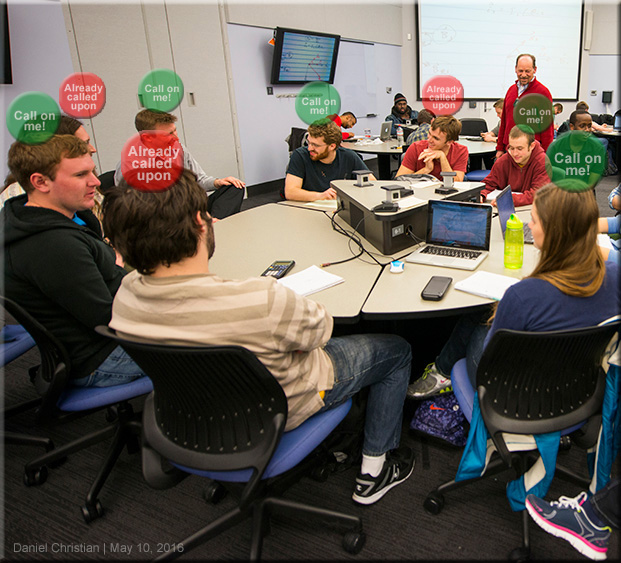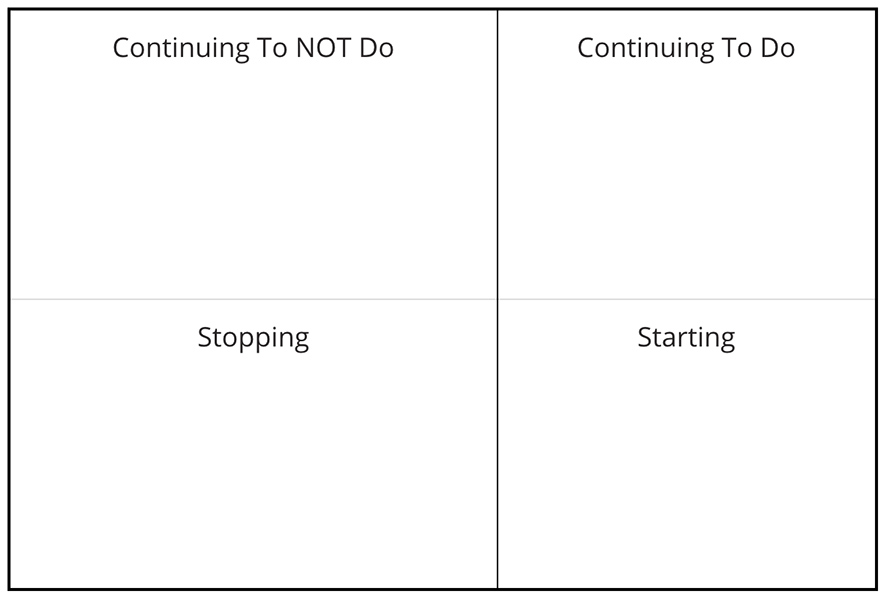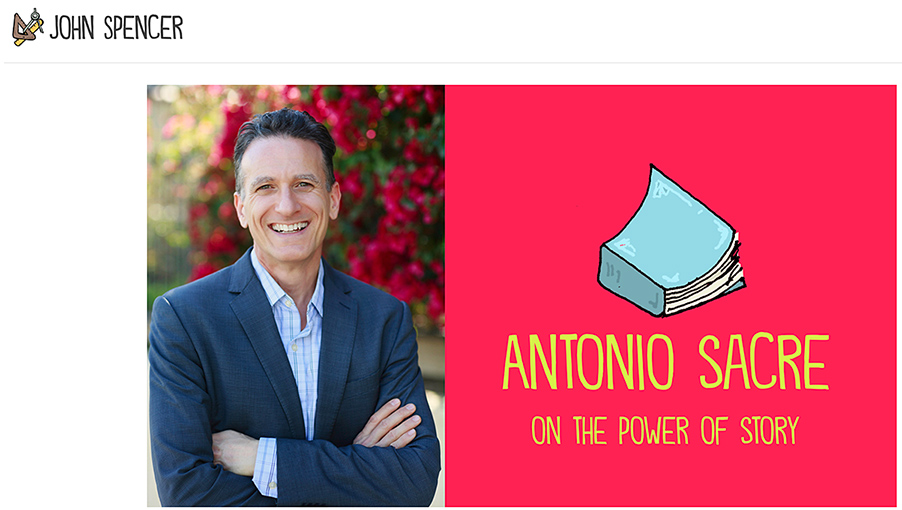Writing Multiple Choice Questions For Higher Order Thinking — from theelearningcoach.com by Connie Malamed
Excerpt:
One of the biggest criticisms of multiple choice questions is that they only test factual knowledge. But it doesn’t have to be that way. We can also use multiple choice questions to assess higher-order thinking.
Higher Order Thinking in a Nutshell
Higher order thinking goes beyond memorizing and recalling facts and data. It even goes beyond comprehension. Higher-order thinking refers to cognitive processes that involve analytical, critical and creative thinking. The concept is based on various learning taxonomies, such as application, analysis, evaluation, creation, problem-solving, connecting ideas and making decisions. Keep in mind that many of these cognitive tasks, including the recall of information, appear to occur simultaneously. See Alternatives to Bloom’s Taxonomy for criticisms of the hierarchical classifications.
Because test items must be aligned with performance objectives, you’ll need to include higher-order thinking skills from the start. And yes, these may be better measured through open ended questions, essays and discussions. But if you find yourself needing to use multiple choice tests, you can make the best of this situation with these three approaches.














